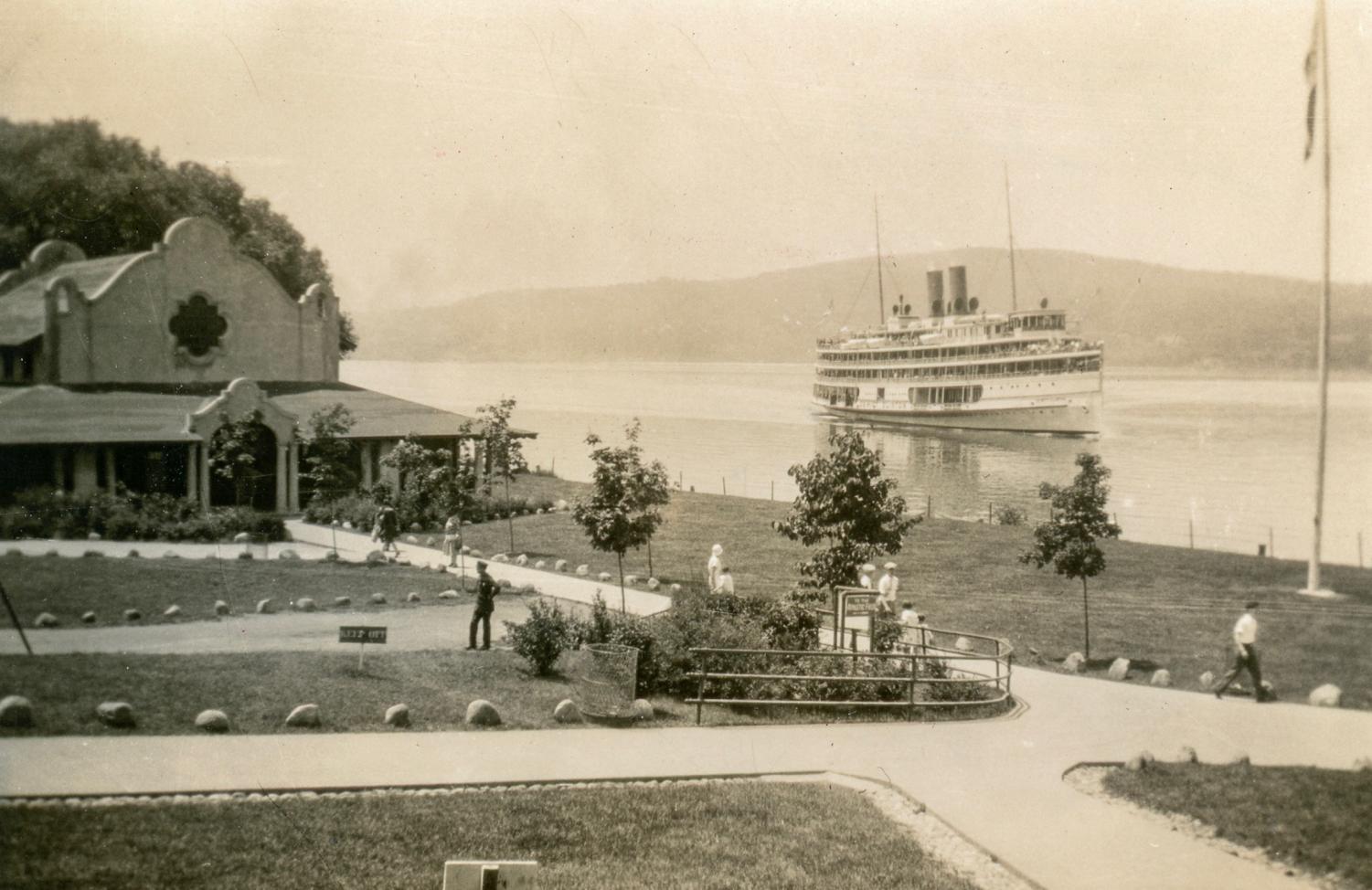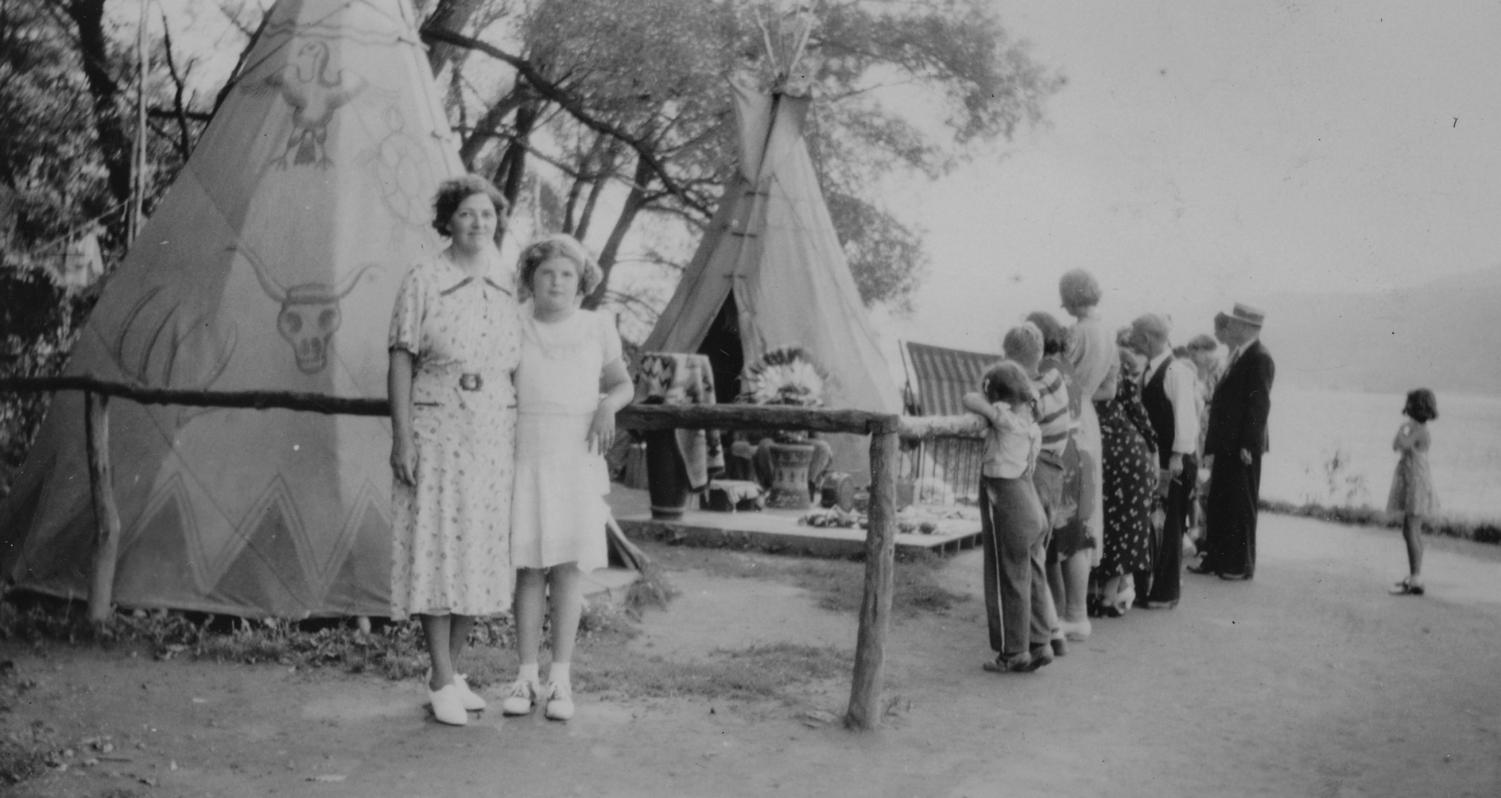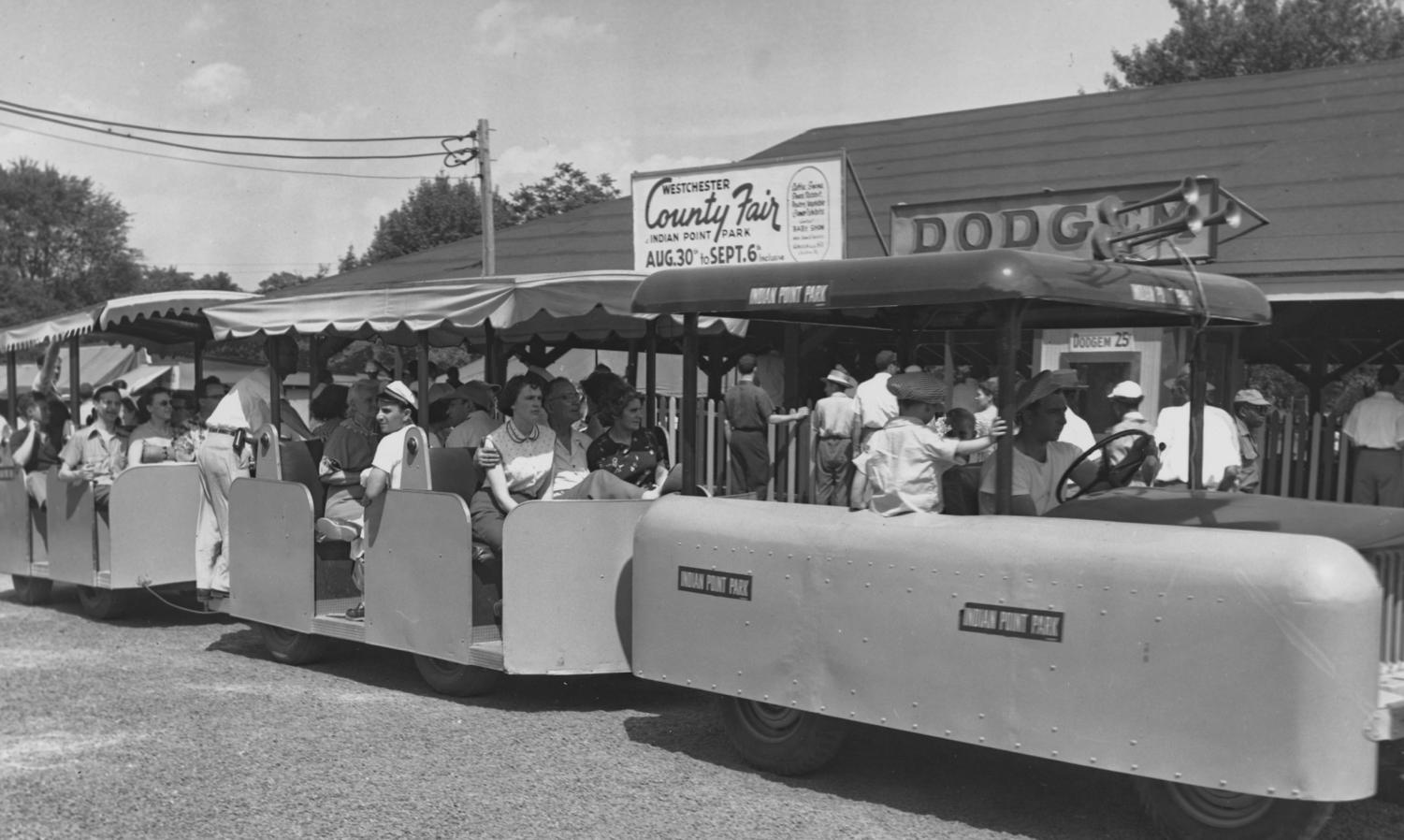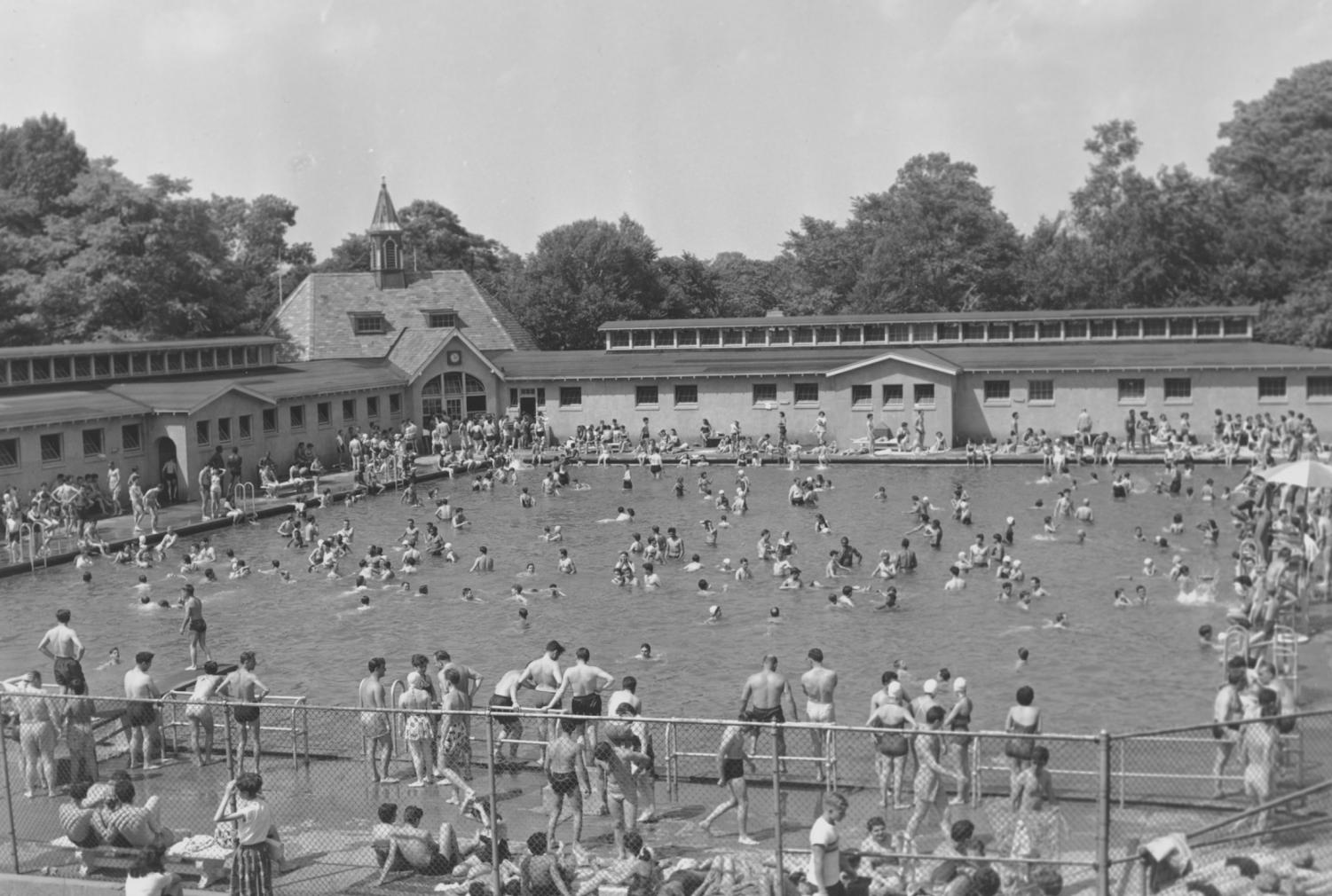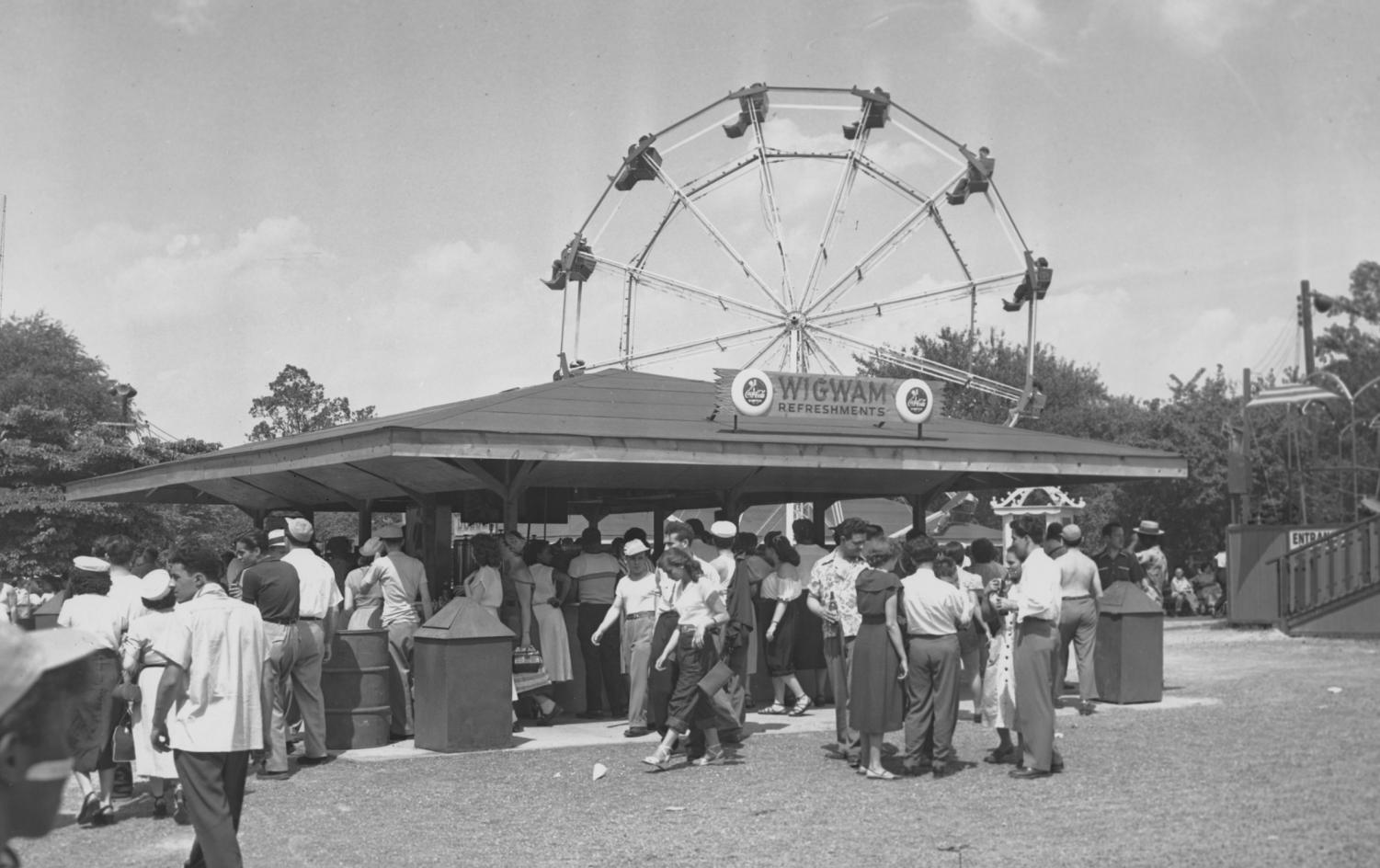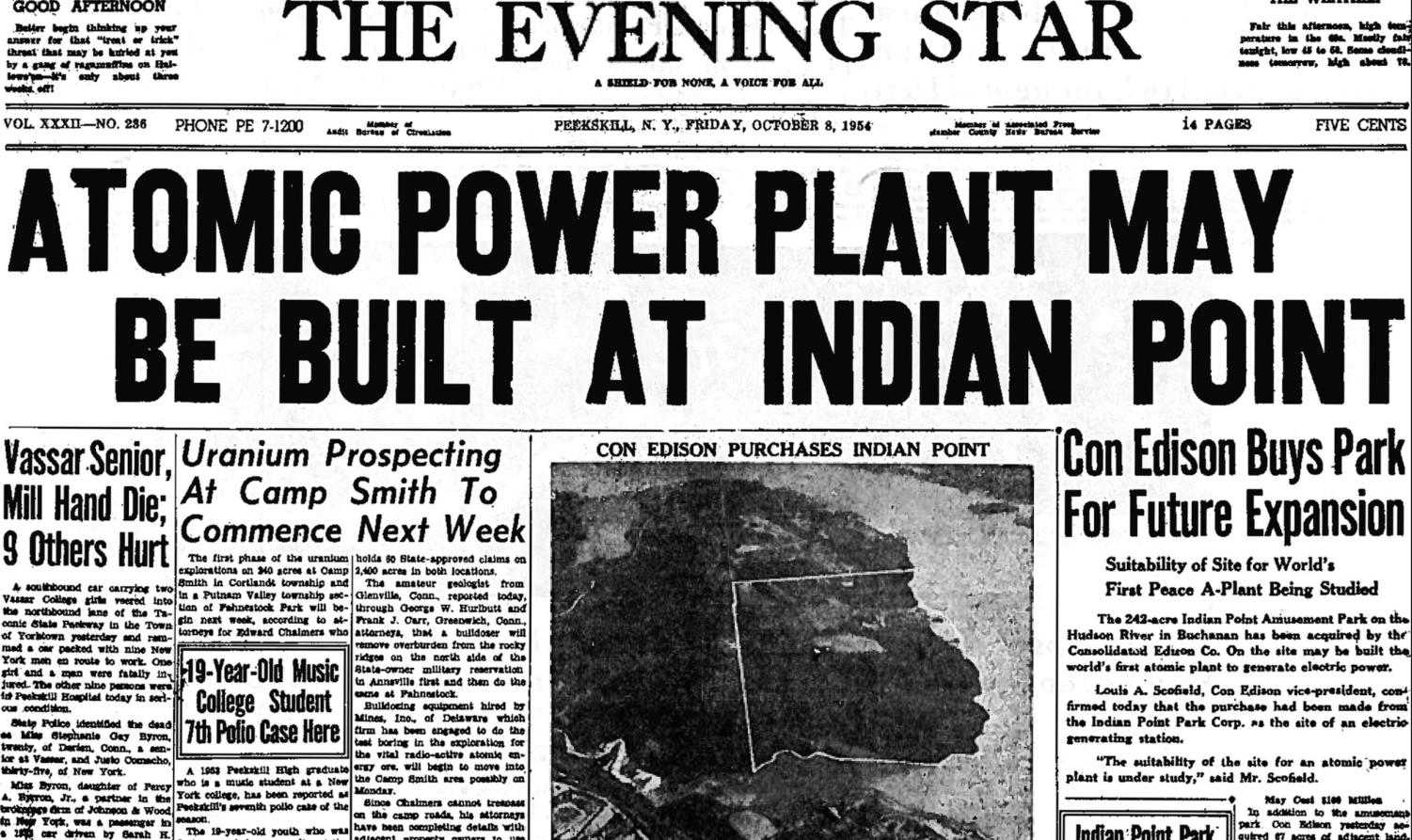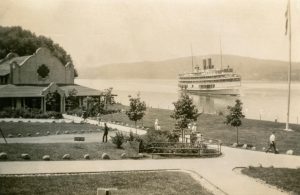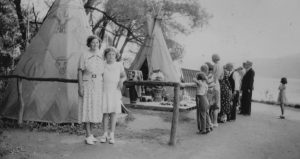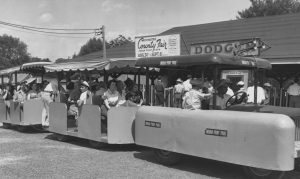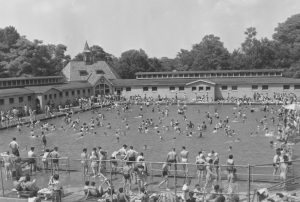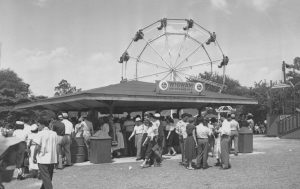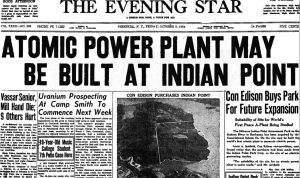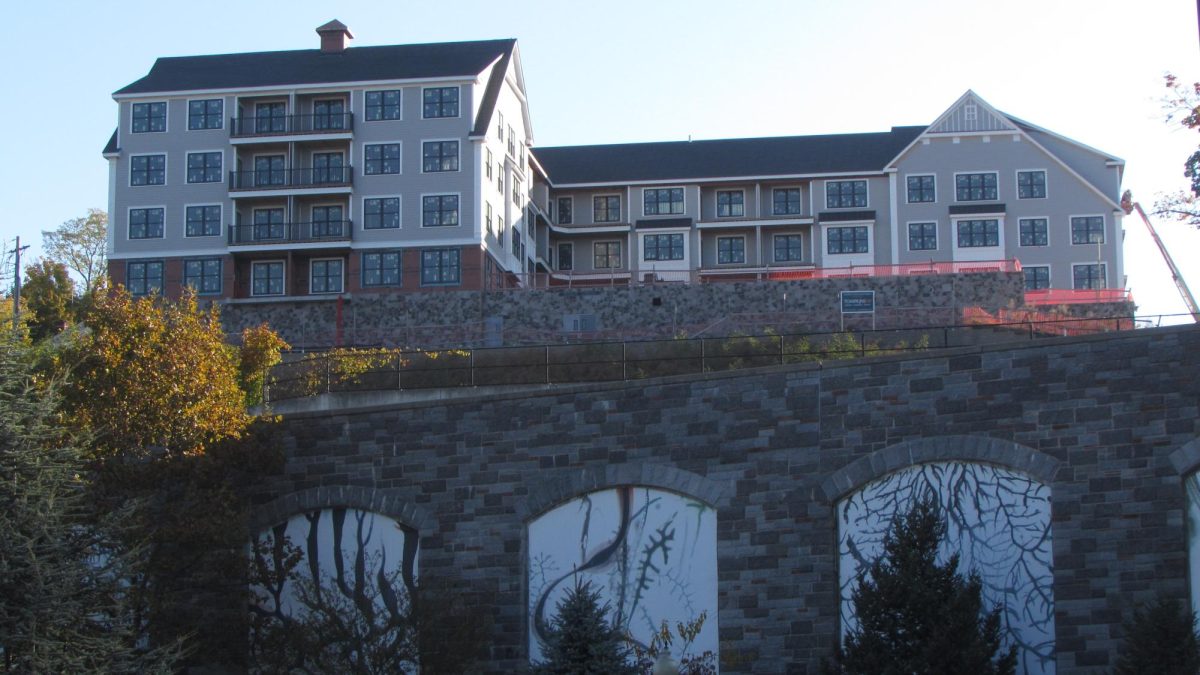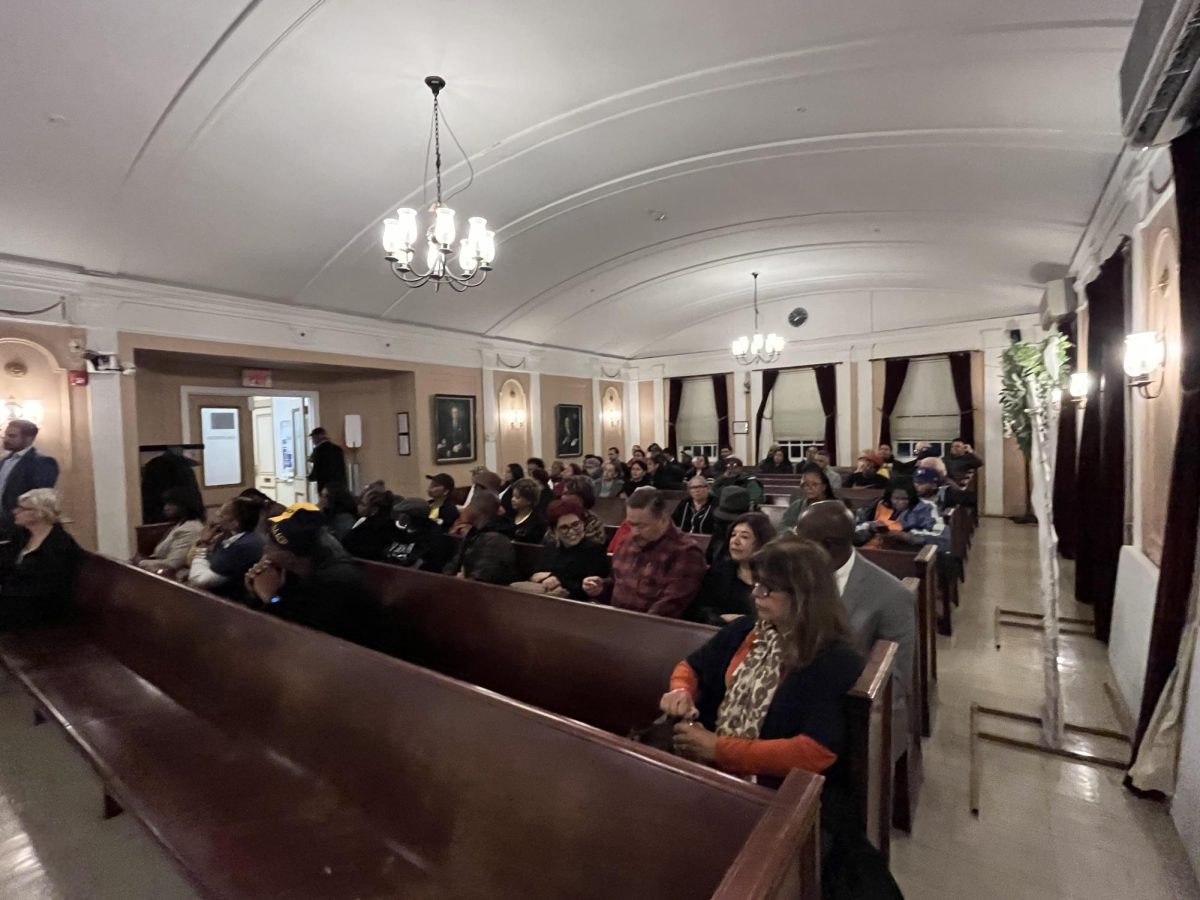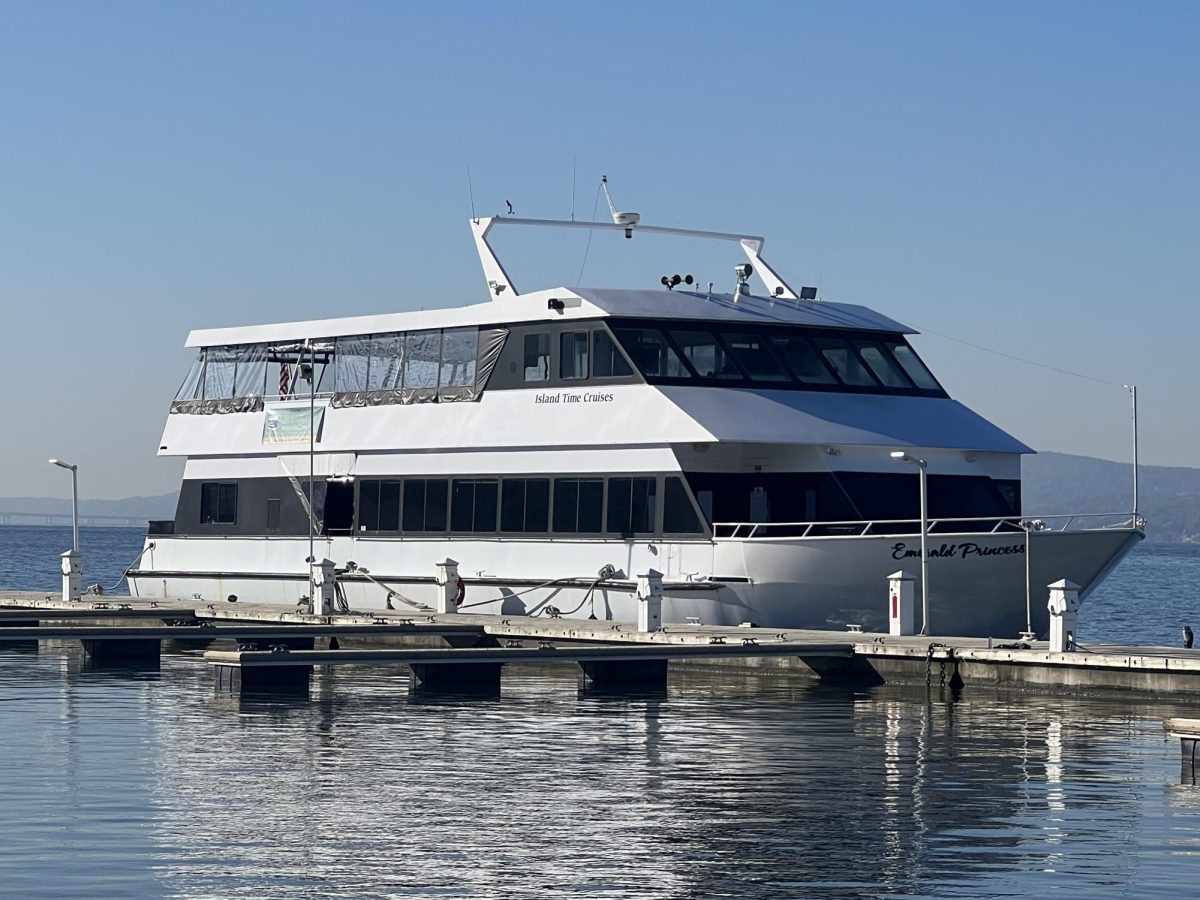Indian Point’s land was once a place where communities came together.
May 19, 2023
A hundred years ago the Hudson River Day Line Company opened Indian Point Park as a place for New Yorkers to escape city life during the warmer months. No longer a destination providing a respite in nature from concrete caverns, Indian Point is at the center of a battle between those who want to preserve the integrity of the Hudson River and a company looking to discharge radioactive water from the nuclear power plant no longer operating on the eastern bank of the Hudson.
The history of Indian Point was the subject of a lecture at the Field Library on May 13 by Brian Vangor, author of “Indian Point Nuclear Power Plant” as part of the “Images of America” series from Arcadia Publishing, published in January.
Vangor, a former mechanical engineer at Indian Point 3, began working there in 1980 at the age of 22. After obtaining his senior reactor operator’s license in 1983, Vangor would go on to have a successful career at Indian Point spanning more than 40 years. Throughout his career at Indian Point, he supervised over twenty reactor refuelings and numerous other projects related to new and spent fuel.

His book details the history of the plant and how what was a family friendly pleasure park in Buchanan was transformed into a three-reactor electric generating facility that provided up to 25 percent of the power required by Westchester County and New York City for 59 years before closing in 2022. The promotional material for his book tells of the “thousands who left a legacy through their hard work and dedication and developed Indian Point into a world record holder for continuous power operation by a nuclear generating unit.”

Vangor related the history of Indian Point through eye-catching images in his presentation. The Hudson River Day Line Company owned the land at Indian Point along with the port. They created the park and named it Indian Point because the Kitchawank tribe once walked there. The park was created to compete with the popular Bear Mountain Park across the river. The original park contained paths for strolling, food vendors, picnic areas, and ball fields. Tipi attractions were a big hit with visitors and led to Indigenous American merchandise being sold at the park.
Six years later a swimming pool measuring 100 x 150 feet was open to the public. The pool was one of the largest of its time period. Admission was ten cents before 11 a.m. and 25 cents after. Fifteen hundred lockers were available for patrons and thousands of people visited the park on weekends in the early 1920’s and 1930’s.
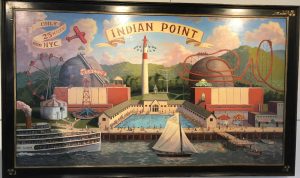
In 1948, the park closed and sections were sold off after the Hudson River Day Line went out of business. A year later, businessman Emanuel Kelmans purchased 52 acres of Indian Point Park and reinvented it into Indian Point Amusement Park.
Newer attractions consisted of beer halls, a dance hall, a roller skate rink, miniature golf, a petting zoo, concession stands, and amusement rides. Kelmans struck up a deal with Coca Cola to be the only soda sold at the Amusement Park. In 1952 and 1953, the Westchester County Fair was held at Indian Point Amusement Park.
The years of the place being a popular entertainment destination came to an end in 1954 when Con Edison bought the property and eight years later, in 1962, the first reactor at Indian Point began operating. Today, Holtec International owns the plant and is in the process of decommissioning the property to return it to the village of Buchanan.
Vangor’s book “Indian Point Nuclear Power Plant” is available on Amazon.

